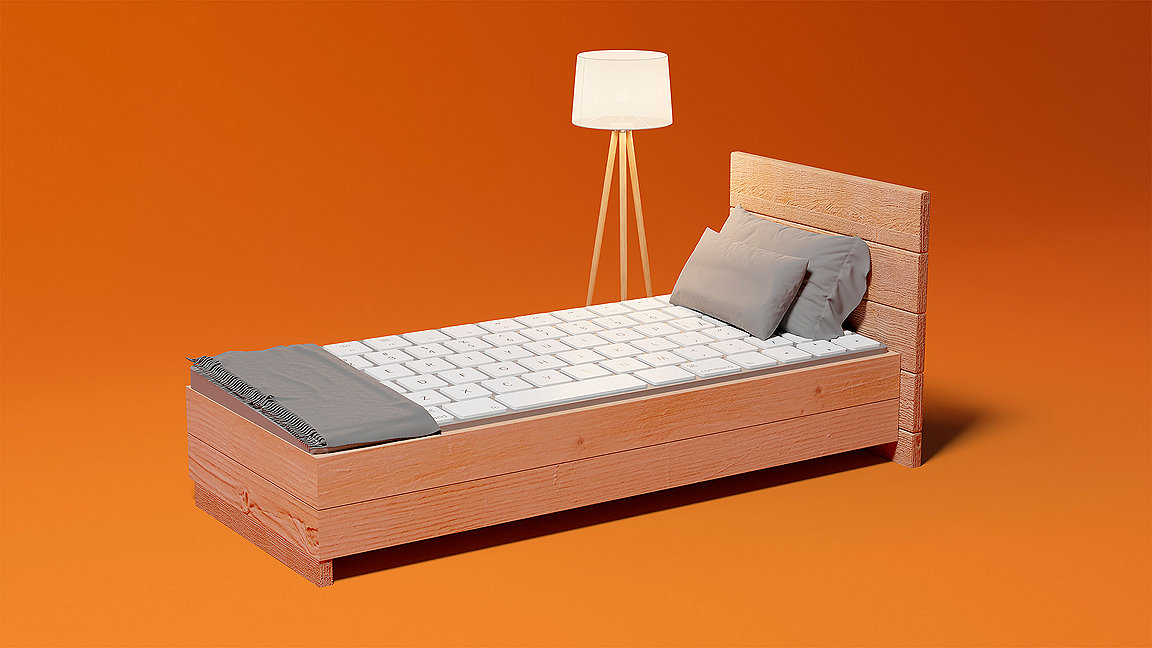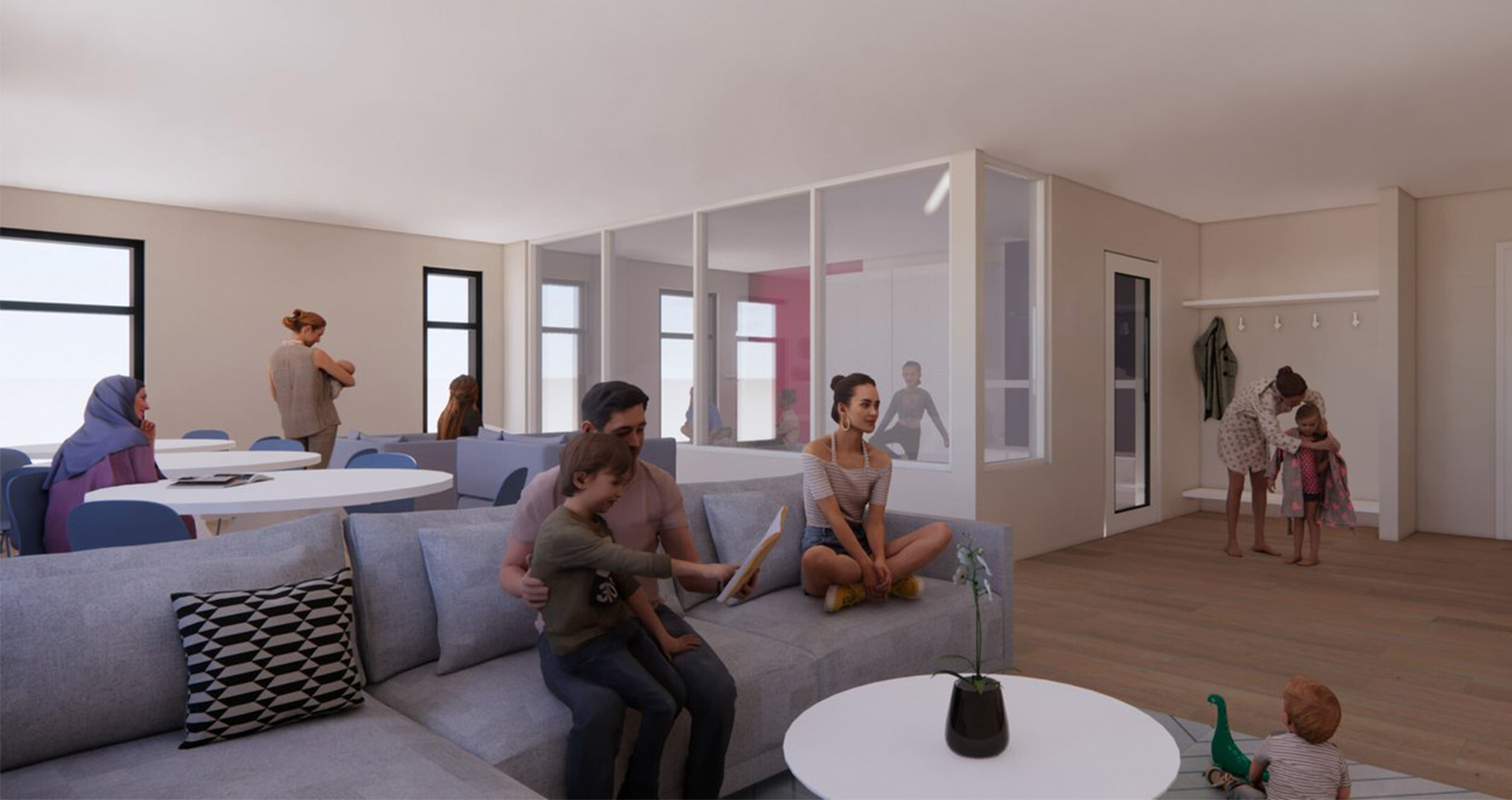
Images by Guillem Casasus
The third anniversary of the start of the COVID-19 pandemic has come and gone. And while normal social interaction has made a welcome return in most places, it is increasingly clear globally that traditional crowded offices have not.
Lockdown restrictions fuelled a rapid rise in remote work. Now that employees understand the benefits, including access to home comforts and zero commuting time, the trend for remote or hybrid working styles has taken hold.
Data released by the UK’s Office for National Statistics in February found that, between September 2022 and January 2023, 16% of the workforce still worked solely from home, while 28% split their time between home and the office. Furthermore, 40% had worked from home at some point in the past seven days, compared with just 12% in 2019.
This aligns with figures from the US, where 12% of full-time employees were working entirely remotely and 28% hybrid at the start of 2023, according to data from WFH Research.
Despite some gains in office attendance resulting from the ‘return to the office’ push after restrictions were lifted, many buildings are suffering from high vacancy rates, exacerbated by issues that began well before the pandemic.
As a result, many companies are re-evaluating their office real estate needs and eyeing opportunities for conversions to other uses. Residential is a chief contender, particularly in light of the global housing shortage.
Sheila Botting FRICS, principal and president of Americas Professional Services at Avison Young, says: “The pandemic enabled companies to recognise that there's an alternate way of delivering an experience for their employees … Every one of our clients is rethinking what that looks like for their company, for their brand promise and for their employees.”
Adaptive reuse offers many benefits, helping revitalise inner city areas and potentially lowering the capital cost of construction. With buildings responsible for around 40% of global carbon emissions, half of which is generated by their construction, it offers a more sustainable and circular approach than demolishing and building new. However, conversions also pose challenges around the suitability of existing office buildings for residential use, which locations are most viable, and how to secure finance and planning for developments.

“The pandemic enabled companies to recognise that there's an alternate way of delivering an experience for their employees” Sheila Botting FRICS, Avison Young
The switch to hybrid work is here to stay, not least because workers rather like it, with the average preference being to spend about half their time at home and half in the office.
This isn’t only bad news for the traditional office model – the loss of regular footfall in previously thriving commercial districts has left many dependent businesses such as retail, hotels, cafés and gyms struggling.
Several US cities, including Washington DC, New York, San Francisco, Denver, Boston and Minneapolis are actively looking to revitalise downtown districts impacted by the move towards hybrid work, while addressing entrenched housing shortages.
Washington has over 20m ft2 of vacant office space and is encouraging developers to consider conversions through promises of property tax relief for new office-to-residential projects.
New York City has an office vacancy rate of 18%, twice that of before the pandemic. Earlier this year it published a blueprint for adaptive reuse that would rezone three central districts and offer tax breaks to property owners to allow additional residential use. Mayor Eric Adams hopes it will pave the way for up to 20,000 new apartments over the next decade.
The office vacancy rate in Australia was at its highest since the mid-1990s at the start of 2023, according to the Property Council of Australia’s Office Market Report, which found four of the five largest vacancy increases in New South Wales.
Although demand for premium office space is generally high, as employers incentivise a return to the office, demand for generic office space has dropped off severely. In an effort to identify options for underused and vacant spaces in Sydney’s central business district (CBD), which is currently at about 60% occupancy, a research team at University of Technology Sydney devised the Sustainable Temporary Adaptive Reuse (STAR) re-activation strategy.
Funded by the City of Sydney, the project is developing a toolkit of resources to help access available commercial property and identify low-cost, sustainable interventions.
According to Professor Sara Wilkinson FRICS, built environment research director at the University of Technology Sydney (UTS), it is “important to be realistic about residential adaptive reuse” as there are many technical and market-related barriers to doing it effectively.
“While vacancy rates might seem high, there are very few office buildings standing wholly empty and ready for conversion,” she says. “There are other complexities in creating a mixed-use building, and many office building owners do not want to become residential landlords. It's a different expertise and market.”
Current and future uses for assets must be considered building-by-building, she adds, with uses for smaller, older, or low-grade office stock likely to differ from larger higher-grade stock.
“There is research suggesting that older buildings with smaller floor plates are more suited to residential conversion because the floor plates can accommodate apartment layouts and comply with the requirements in the National Construction Code and space standards in planning codes,” says Wilkinson.
The latest research suggests a high percentage of existing office stock in North America would be viable for conversion to residential, in some form. Analysis by Avison Young worked out the conversion potential across 14 markets in the region, covering 26,518 buildings, all built before 1990 with floorplates of 15,000ft2 or less.
The study identified just under 9,000 buildings as possible targets for adaptive reuse, which does not take into account if properties were actually vacant or available for conversion.
When it comes to the best candidates for adaptation, Botting says the number one criterion is location and good access to amenities. Suburban downtown or financial downtown areas are typically in close proximity to shops, services and transport links – all of which lend themselves well to residential.
Another factor is the cost of conversion and how that stacks up against future rental value or sale on the market. The need to add in plumbing and services for multiple bathrooms and kitchens, with enhanced heating, ventilation and air conditioning (HVAC) and measures for fire safety, could become prohibitively costly.
“In the case of the Calgary market [where vacancy rates are approaching 30%], the local municipality introduced a tax incentive to make that spread work and narrow the gap on the cost for construction,” says Botting.
Wider concerns about the quality of life in local neighbourhoods where offices are being converted into homes is another factor to consider, says Elina Grigoriou HonRICS, design and sustainability director at Grigoriou Interiors. “Converting offices to residential for families in a business district might mean building new schools,” she says. “Alternatively, if you're going to house mostly young and retired people, you need the facilities to cater for those two groups, such as ancillary healthcare services, entertainment and outdoor space. Both groups have different affordability requirements and it’s not even guaranteed that they could coexist.”

“There are other complexities in creating a mixed-use building, and many office building owners do not want to become residential landlords” Professor Sara Wilkinson FRICS, University of Technology Sydney
High streets in many towns in the UK are contracting and the increasing number of vacant properties brings opportunities to convert empty offices and retail units into homes, to take advantage of existing amenities.
A recent feasibility study, carried out by independent housing consultant Mervyn Jones Associates for UK homelessness charity Crisis, assessed how the development process could be harnessed to convert retail and offices on high streets. These spaces could provide homes for street sleepers with vulnerabilities.
The demanding brief required people to be rehoused close to local shopping centres, transport nodes and medical and social services support. The logic is that housing them close to these facilities will enable them to live with a degree of independence and contribute to the community.
Mervyn Jones FRICS, director of Mervyn Jones Associates and chair of the Islington & Shoreditch Housing Association, says: “We found we could provide a lot of small units to enable single people with some support to live independently. There are lots of empty buildings on the high street, such as a small solicitor's office or an architect's office, which are no longer needed because most of their work can now be done remotely.”
Nevertheless, the study revealed financial and planning obstacles to getting these types of conversion off the ground. Although near-redundant buildings come at a discounted price, bringing properties up to the necessary standards was found to require more money than their subsequent rental would support. “There needs to be a certain amount of grant and charitable funding to support such schemes,” says Jones.
Recent changes to permitted development rights (PDRs) in the UK can make office-to-residential conversions more viable, by removing the need for formal planning permission in many cases. However, Jones still found considerable opposition from the planning community to this type of development. The study’s findings were presented to the All-Party Parliamentary Group for Ending Homelessness.
In New York, it is hoped that areas such as Midtown, which have been hit hard by hybrid working, can be revitalised by transforming offices into homes. But modern offices often contain windowless interior space in the centre, which prove a challenge for designers needing to meet minimum natural light requirements for residential apartments.
The global trend for remote and hybrid working is set to continue in some form, but uncertainties around how and where people will want to work in the future has become a major issue for office owners and tenants. Whether building owners choose to wait out high vacancy rates until the market rebounds, if indeed it does, or dive deeper into the world of adaptive reuse, will depend on a complex mix of social, economic and political factors.
Sierra Place (now renamed ‘Neoma’) was a 10-storey, 100,000ft2 office tower in downtown Calgary that had been empty for several years.
Keen to create new housing for vulnerable populations in the city, not-for-profit developer HomeSpace and affordable housing charity Inn from the Cold hired commercial real estate services firm Avison Young to explore the different options.

Render of the converted office space in Neoma
Investigations revealed that the cost of constructing new affordable housing would outweigh rental revenue potential, so instead it searched for an asset that could be renovated at a potentially lower cost than demolishing and starting from scratch.
The challenges included identifying a building that would accommodate major renovation, with a small enough floor plate to incorporate the units required without them being too narrow. The sale price had to reflect a vacant office building with no hope of office occupancy and with conventional financing not an option.
The completed adaptation created six floors and 82 units of affordable housing, with the remaining four floors used to house shelter, transitional, and support services.
MODUS
Kieran Dhunna Halliwell 29 April 2024